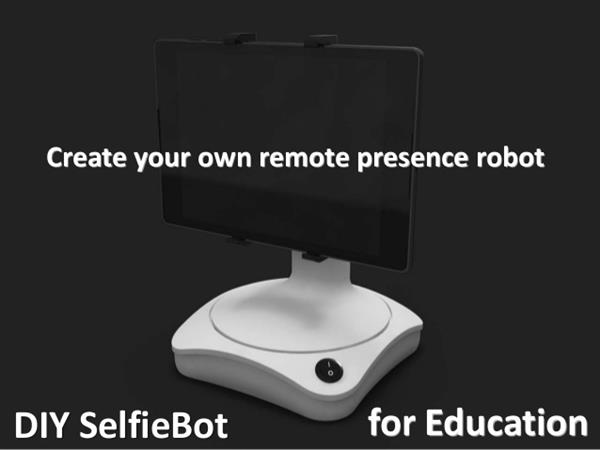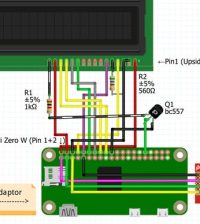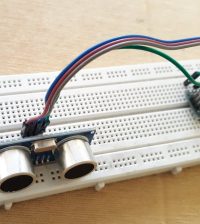- makeITcircular 2024 content launched – Part of Maker Faire Rome 2024Posted 1 month ago
- Application For Maker Faire Rome 2024: Deadline June 20thPosted 3 months ago
- Building a 3D Digital Clock with ArduinoPosted 8 months ago
- Creating a controller for Minecraft with realistic body movements using ArduinoPosted 8 months ago
- Snowflake with ArduinoPosted 9 months ago
- Holographic Christmas TreePosted 9 months ago
- Segstick: Build Your Own Self-Balancing Vehicle in Just 2 Days with ArduinoPosted 9 months ago
- ZSWatch: An Open-Source Smartwatch Project Based on the Zephyr Operating SystemPosted 10 months ago
- What is IoT and which devices to usePosted 10 months ago
- Maker Faire Rome Unveils Thrilling “Padel Smash Future” Pavilion for Sports EnthusiastsPosted 11 months ago
3D printed ‘SelfieBot’ goes open source to encourage student robotics

The team behind the 3D printed ‘SelfieBot’ has open coded its smartphone telepresence robot for schools and universities, to encourage students and young makers to build their own versions. SelfieBot remains available to buy either as a DIY kit or pre-assembled device.
Last year, a Russian American robotics startup named Endurance presented the 3D printed SelfieBot as the ideal solution to all your handsfree selfie needs. Far more than a 3D printed stand, the smart machine promised to transform your handset into a mobile driven robot by providing biplane rotation of a mobile device and by tracking a speaker’s face using Google API and its dedicated app. Automatic motion tracking, remote camera orientation, and a host of other high tech features made the SelfieBot an incredibly useful device for a range of video applications, including conferencing, time-lapse videos, and more.

A recent announcement from the Endurance team sees the SelfieBot taking big, mechanical strides in a new direction: education. While the 3D printed device was originally being sold by the team as a DIY kit or prefab device—it remains available to preorder for $199—the entire SelfieBot, from its Android and microcontroller code, to its 3D printing files, to the list of individual off-the-shelf components needed to built the smartphone robot, has now been made open source for educational institutions.
Source: 3ders.org















